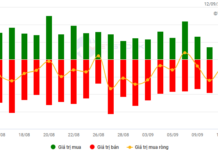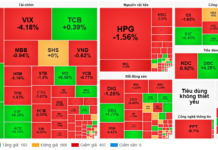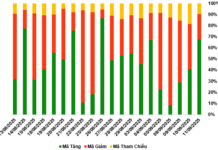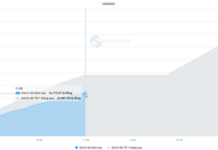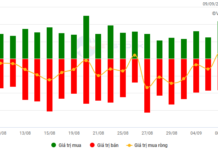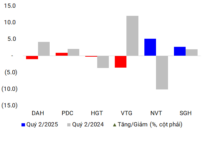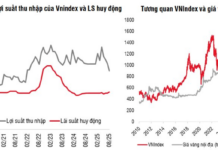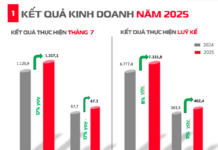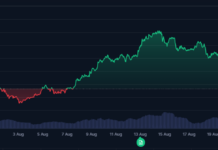The new Social Insurance Law, effective from July 1, 2025, has sparked questions from employees curious about the difference in pension percentages between men and women who have both contributed to social insurance for 15 years.
Mr. Nguyen Van Nam, an employee at Nidec Vietnam Co., Ltd. (located in the High-Tech Park, Thu Duc City, Ho Chi Minh City), shared his thoughts on the matter. He believes that regardless of gender, all workers are salaried employees who contribute their knowledge and labor to their companies and employers. Therefore, he finds it unfair that there is a disparity in the pension percentage received upon retirement, with women receiving 45% and men only 40%. He suggested that the percentages should be equal for both genders.

Many employees feel that regardless of gender, both contribute to the company and that the difference in pension percentages is unfair.
Addressing this concern, Mr. Nguyen Duy Cuong, Deputy Director of the Social Insurance Department (Ministry of Labor, Invalids, and Social Affairs), explained that the new law inherits the provisions of the 2014 Social Insurance Law and does not change the pension calculation formula. However, the drafting committee has added a method to calculate the pension ratio for male workers who have contributed between 15 and 20 years.
“The issue of pension ratios has been raised, but after a thorough assessment of the impact and the balance of the retirement and survivor’s fund, the decision was made to maintain the current law without modifying the pension ratios,” said Mr. Cuong.
For male workers who have reached retirement age and contributed to social insurance for 15 years, their pension will be calculated at a rate of 40% of the average salary used as the basis for social insurance contributions. This rate is an increase of 6.25% from the initial draft, where the rate for men was calculated at 2.25% per year, resulting in a 33.75% pension after 15 years of contributions.
According to the new law, men who have contributed for 15 years will receive an additional 1% for each additional year of contributions up to the 20th year. From the 20th year onwards, the pension ratio will be 45%, with an additional 2% for each year of contributions until the maximum pension of 75% is reached.
On the other hand, female workers who have reached retirement age and contributed to social insurance for 15 years will receive a pension calculated at a rate of 45% of the average salary used as the basis for social insurance contributions. For each additional year of contributions, they will receive an additional 2% until they reach the maximum pension of 75%.
Consequently, while both genders contribute to social insurance for 15 years, male workers receive a pension with a ratio of 40%, whereas female workers receive 45%.

From the 20th year onwards, both genders will have the same pension ratio of 2%.
Starting from the 20th year of contributions, both genders will have the same pension ratio of 2%. To receive the maximum pension of 75%, female workers need to contribute for 30 years, while male workers need to contribute for 35 years. Those who retire early will have their pension ratio reduced by 2% for each year they retire in advance.
According to the Ministry of Labor, Invalids, and Social Affairs, the average pension ratio for each year of social insurance participation in other countries is around 1.7%. In contrast, two developed countries, China and South Korea, have lower ratios of 1%. In Vietnam, the current pension ratios for men and women are 2.14% and 2.5%, respectively.

